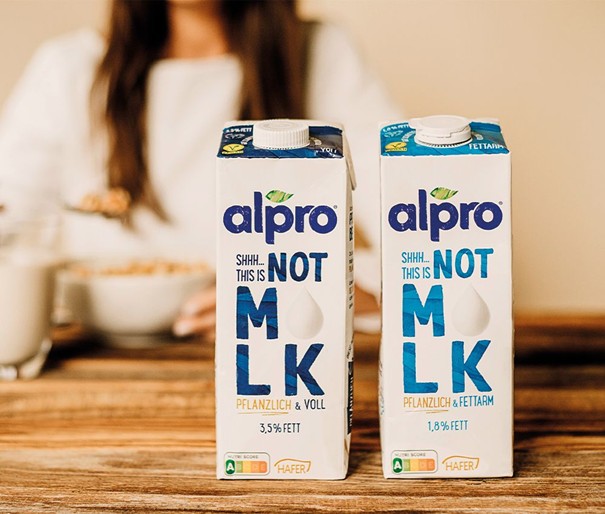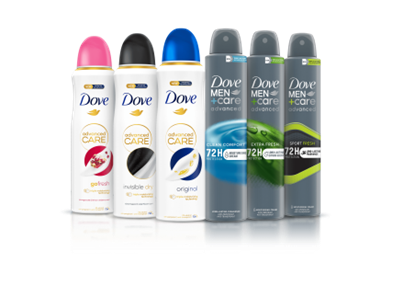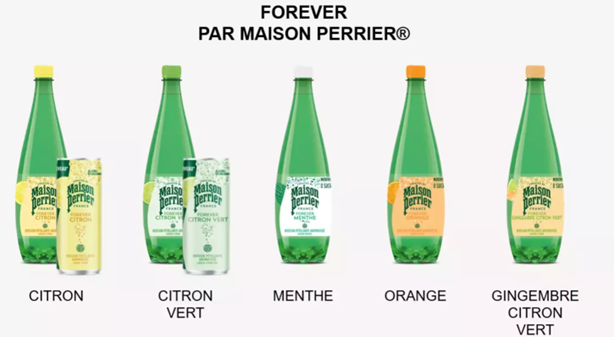A separate brand? Or better together?
What your portfolio says about your brand strategy

A brand audit is a strategic tool that reveals how your brand portfolio is structured: how does the CoreBrand relate to other brands and products? Striking the right balance between expansion and simplification is crucial for brand value, customer experience, and internal efficiency.
A strong CoreBrand is the axis your entire portfolio revolves around. It provides recognition and trust, and acts as a stable anchor when introducing new products or brands. Once you decide to add a new brand, the next question is: to what extent should the CoreBrand endorse it?
‘A brand portfolio is too big if reducing it brings advantages; too small if adding brands brings advantages.’
Prof. Kevin L. Keller
Over the years, portfolios tend to expand. Without a clear structure, confusion creeps in, among customers and internally.
Danone, for example, chose to let the Danone brand dominate globally, but retained distinct brand names like Alpro, Activia, and Evian for specific product lines.

Adding new brands only makes sense when they play a distinct role and reinforce brand value.
Remarkable supported The Coca‑Cola Company in the creation of a new brand: Nalu. This energy drink is positioned as a positive, laid-back energy boost – contrasting with the heavier image of traditional energy drinks. In doing so, the brand taps into new segments without creating internal competition.
Sometimes product managers or designers crave a brand of their own: a hero product that stands out, or a successful side project that starts to live a life of its own. This often leads to an overload of brands – some of them unnecessary – which only adds complexity to the portfolio.
That complexity makes it harder for internal stakeholders such as sales managers, marketers or legal teams, and for external parties like customers or investors, to navigate the full picture.
To assess whether a sub-brand is the right move, you can use these key questions:
- Is the new product sufficiently different from the rest of the offer to justify a new name?
- Does a new name add extra value?
- Is the market big enough to support the new brand?
- Does the product target a different audience?
- Is there a clear fit between the new offering and the existing brand?
- Can the existing brand carry the extension without confusion or dilution?
- Does your brand architecture support the addition of a new product or sub-brand?
If you’re building a hero product, make sure to allocate the time and resources needed for success.
Not every question needs a firm “yes”, but they help guide the decision to create a new brand or product name.
A good example is Dove Men+Care. The development of this sub-brand aligns well with the considerations above: it targets a different audience, stands out from the core offering, and fits seamlessly within Dove’s brand architecture.

A well-designed brand portfolio ensures brands complement each other instead of competing internally.Visual and verbal coherence – from naming systems to colour usage – helps customers make connections and build trust. That applies just as much in the supermarket as it does in B2B contexts, where brand associations can be decisive in the buying process.
Selling off brands within the portfolio can sharpen focus on CoreBrands – or on top-performing products. Take food giant Nestlé, which moved its underperforming water brands into a separate entity with the aim of selling them, allowing it to refocus attention on brands like KitKat and Nescafé. Today, Perrier bottles also carry only minimal reference to the Nestlé mother brand.

We always recommend starting with a portfolio audit. It quickly reveals where to cut back, where reinforcement is needed, and where there’s room for strategic expansion.
This avoids fragmentation and helps build a strong, coherent brand narrative – one that remains relevant to your customers. Every brand in the portfolio should clearly contribute to that bigger story.